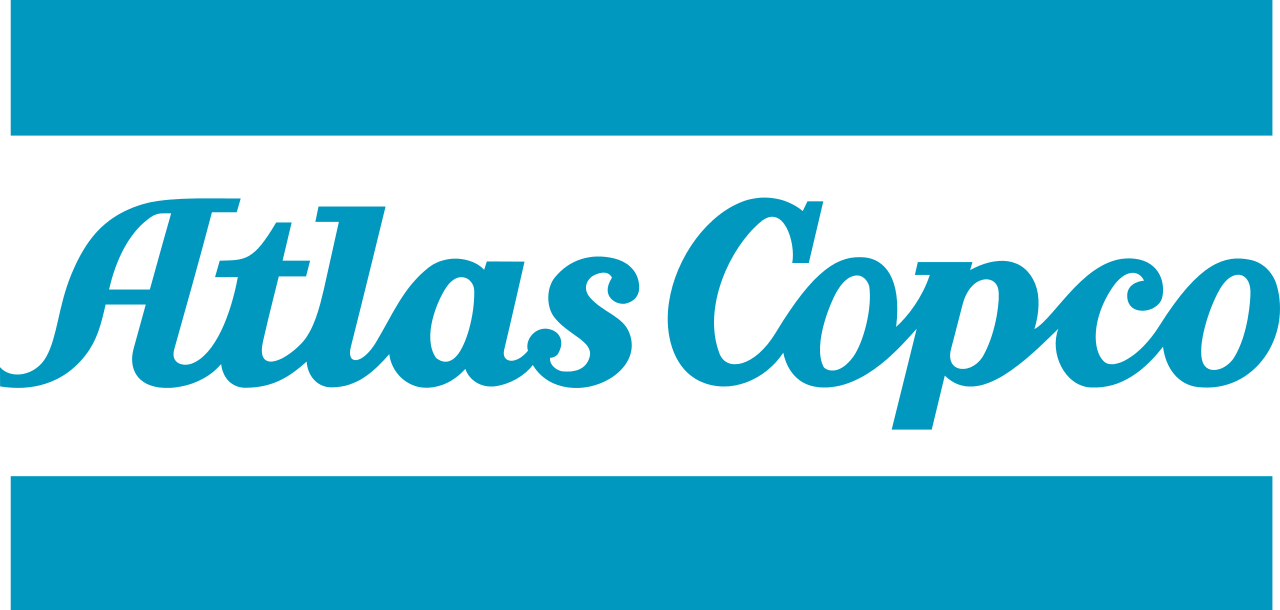Brownfield Site to LEED Platinum Certification
Brownfield sites were once considered an environmental boondoggle no one in their right mind would want to touch. These plots, usually in urban locations, consist of land previously used for industrial or commercial purposes that have been left contaminated with high levels of pollutants or industrial waste.
Typically they formerly held factories or other industrial or commercial sites, and the cleanup associated with their rehabilitation is costly and strife with bureaucratic regulations and oversight. To turn a brownfield development site into a location that is essentially the other end of the environmental spectrum – namely LEED Platinum Certification – is as much a feat of engineering magic as it is a miracle. But that’s what happened in Portland, Ore. when JH Kelly Engineering and the Oregon Health & Sciences University partnered with Atlas Copco Compressors – a clear vision, coupled with cutting-edge innovation and a whole lot of determination, created an environmental turnaround and the new home of the OHSU School of Dentistry.
The initial selection of Atlas Copco compressors was due largely to the energy efficiency and compact footprint of the systems. The project specified two compressed air systems: one to supply dental air and vacuum for the dental school, and another for lab air and vacuum in research areas, Reverse Osmosis (RO) and Deionization (DI) water systems, and multiple plumbing systems.
Interface Engineering in Portland was responsible for specifying the air compressors for the dental school and lab. Atlas Copco ZR series full feature rotary tooth air compressors were selected for the dental air system because the technology, features, and reliability were ideally suited for the building. Here’s why Atlas Copco was deemed to be the perfect partner for the job:
Reduced Energy Cost: For the required airflow, a rotary tooth compressor produces more air at a lower horsepower compared to other oil-free compression technologies;
Performance: The compressors produce a high air volume and provide 100 percent allowable duty cycle;
Ease of Installation: The compressor, dryer and quality air components are enclosed in one compact, sound attenuating cabinet;
Low Vibration: The inherent smoothness of rotary tooth compressors obviates the heavy foundation required for large reciprocating compressors;
Low Sound Transmission: Minimizing sound levels is crucial for equipment operating indoors and in a teaching/learning environment;
Diagnostics and Troubleshooting: The compressors’ control systems provide real-time operating and diagnostic information;
Water Cooling: Heat rejection from air-cooled compressors would overwhelm the building’s HVAC system. Water-cooling reduces heat buildup in the mechanical room and enables heat produced by the air compressors to be captured and sent to other locations in the building where heat is needed;
Variable Speed Drive (VSD): For the dental air system, which has variable air demand, VSD motors automatically speed up or slow down compressed air production to match demand, reducing energy consumption;
Oil-free Air: No oil is injected into the compressed air stream, so there is zero risk of oil contamination.
The project had a number of challenges, and the premium cost of the equipment and additional initial investment in this leading-edge compressor technology was offset and returned through lower energy costs, reduced maintenance, and greater flexibility with interior space. And that’s something everyone can smile about.




